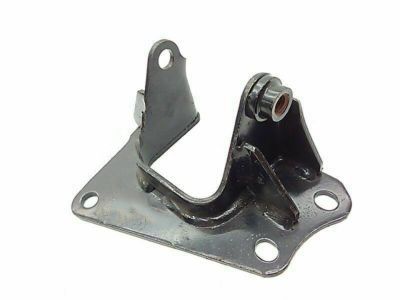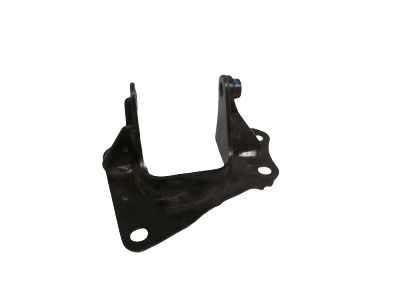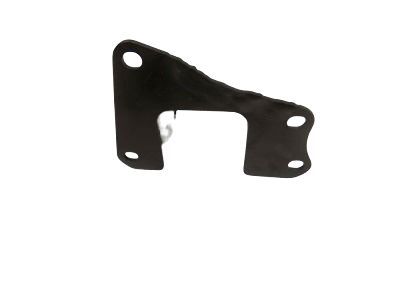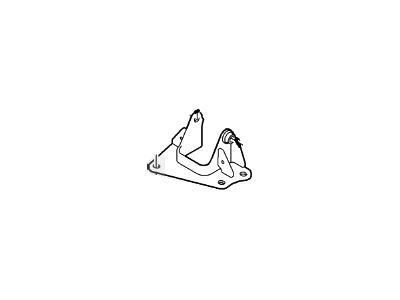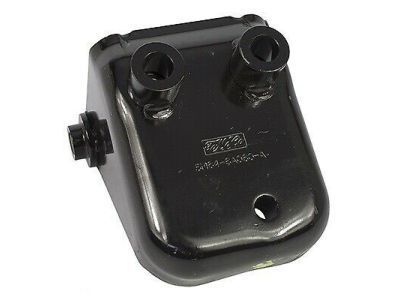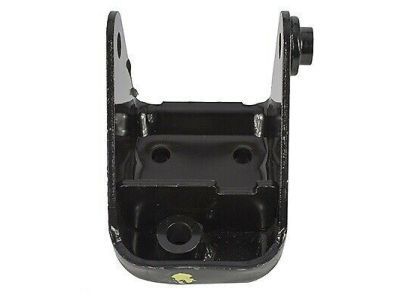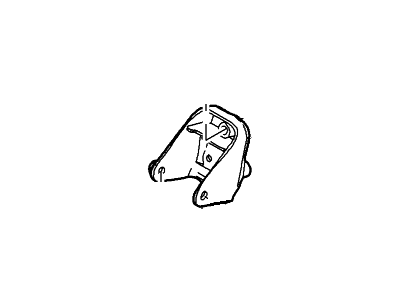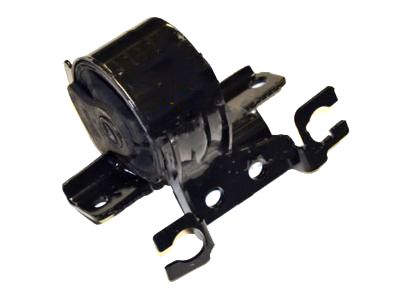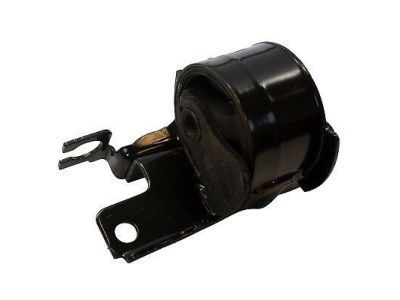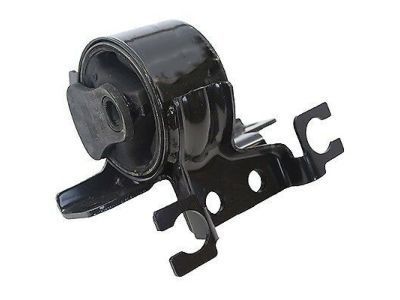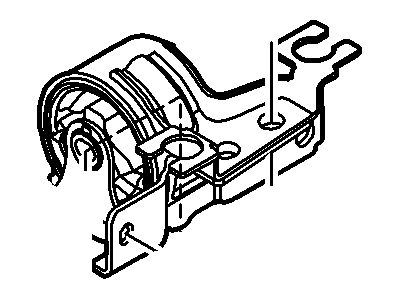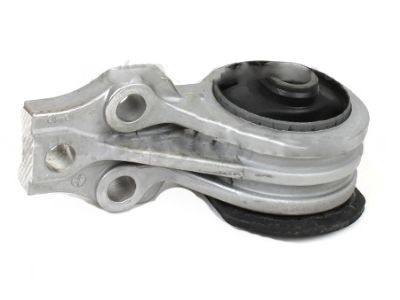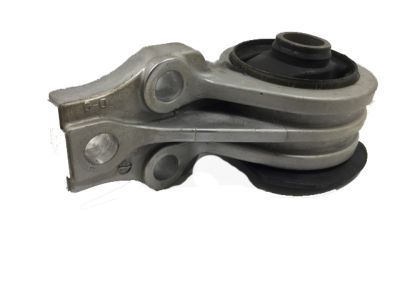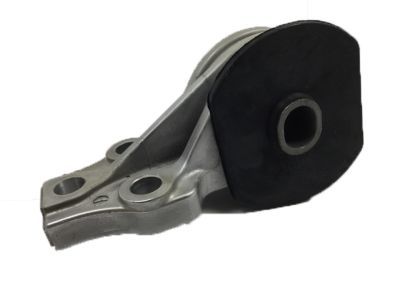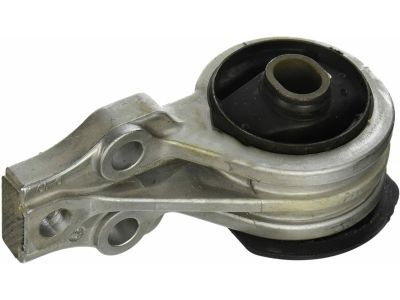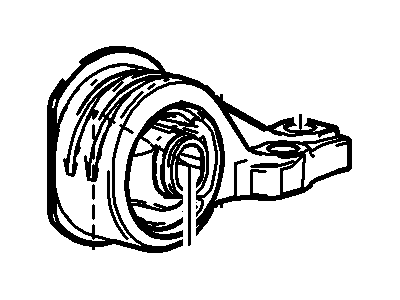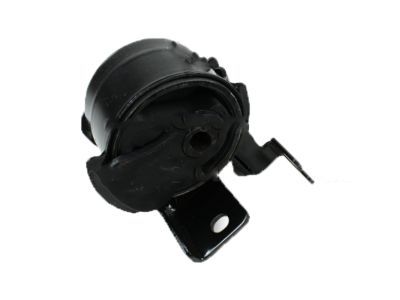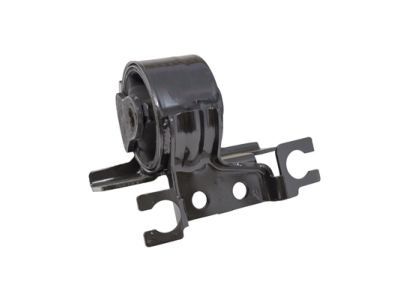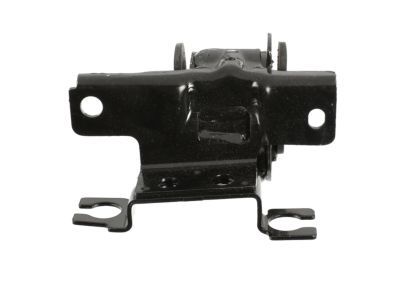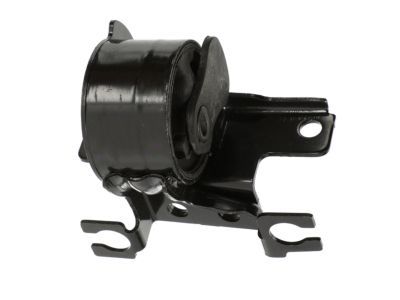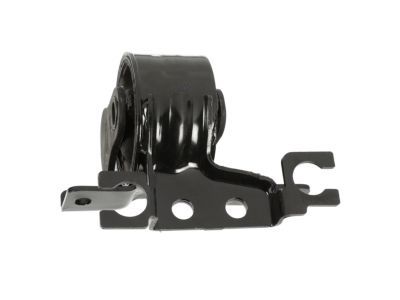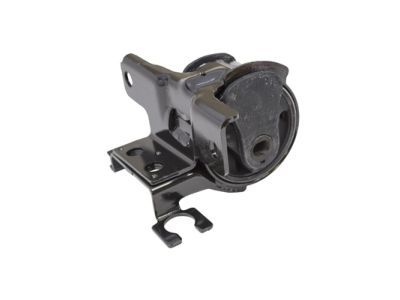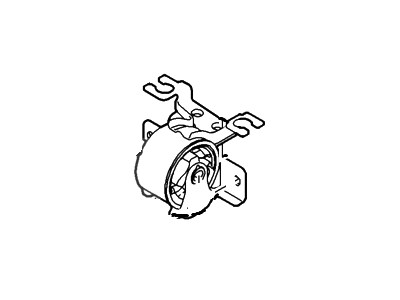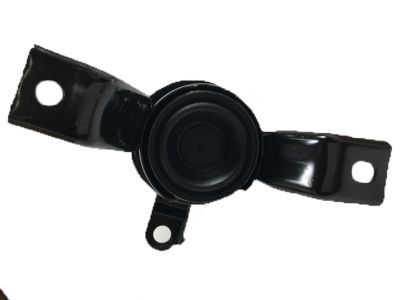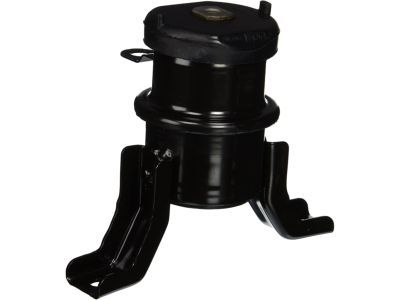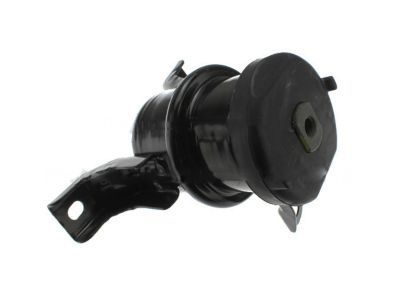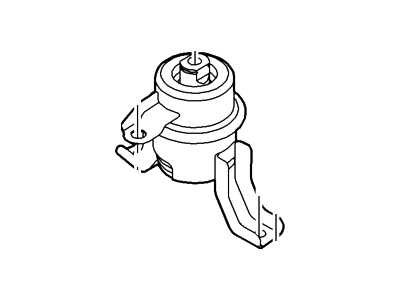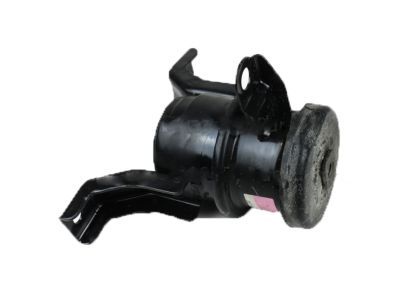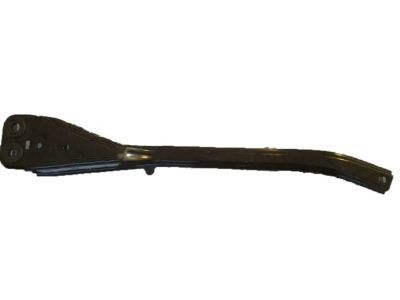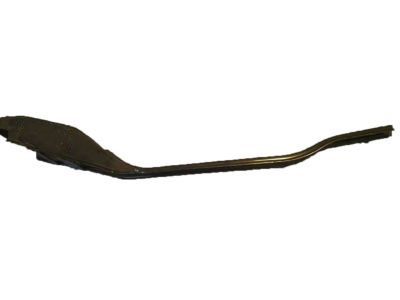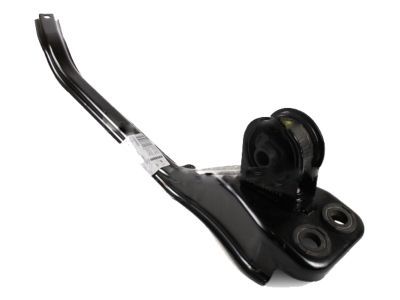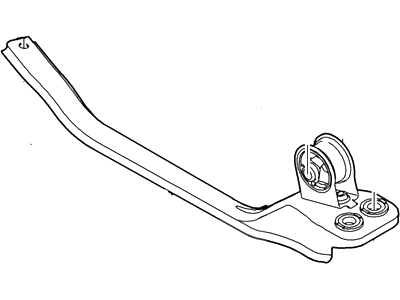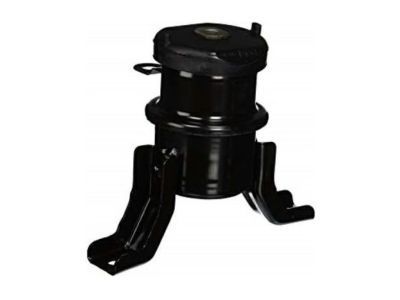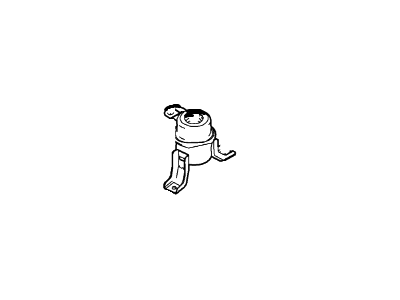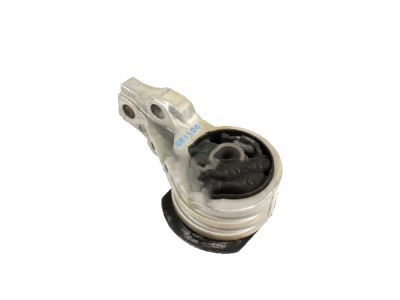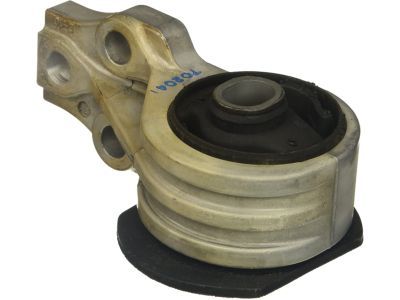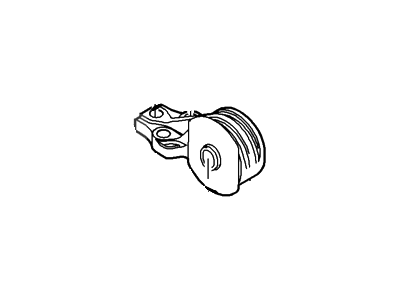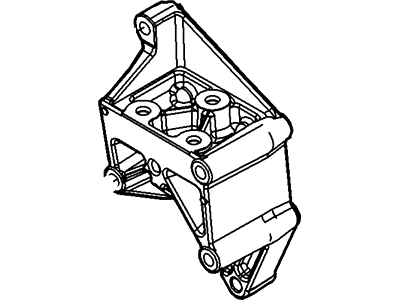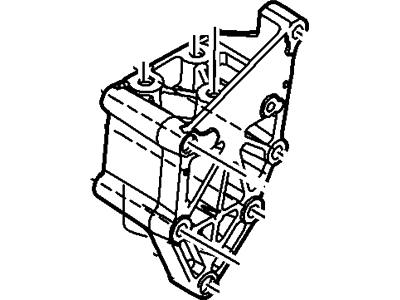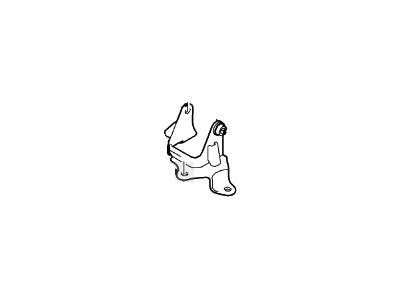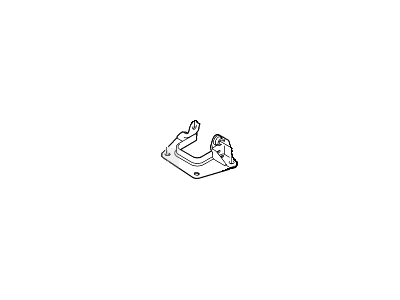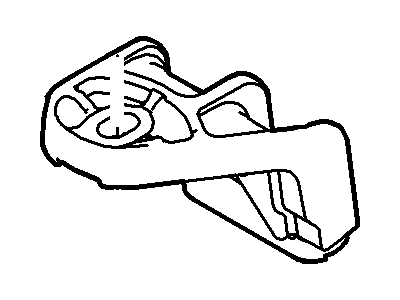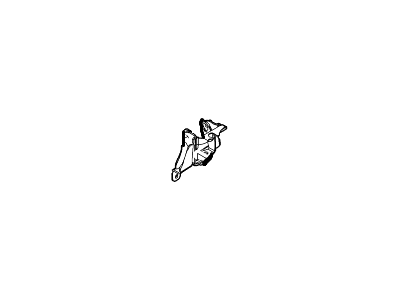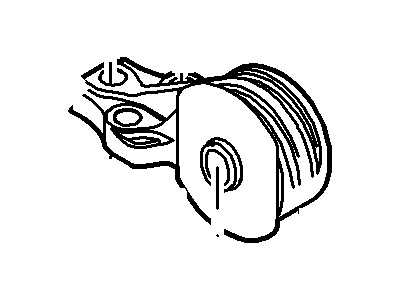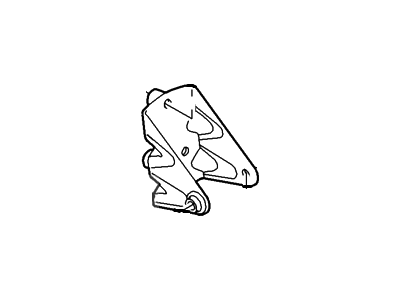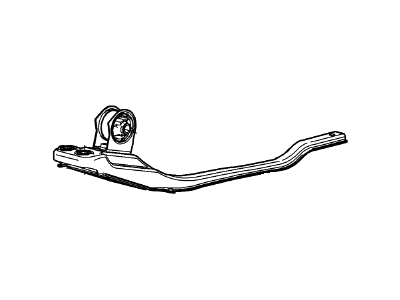

My Garage
My Account
Cart
Genuine Mercury Mariner Engine Mount
Engine Motor Mount- Select Vehicle by Model
- Select Vehicle by VIN
Select Vehicle by Model
orMake
Model
Year
Select Vehicle by VIN
For the most accurate results, select vehicle by your VIN (Vehicle Identification Number).
53 Engine Mounts found
Mercury Mariner Engine Mounting Bracket
Part Number: 5M6Z-6031-AA$30.62 MSRP: $42.54You Save: $11.92 (29%)Ships in 1-2 Business DaysMercury Mariner Transmission Mount
Part Number: 5L8Z-6038-AA$45.67 MSRP: $65.62You Save: $19.95 (31%)Ships in 1-3 Business DaysMercury Mariner Mount
Part Number: 5L8Z-6068-AE$71.04 MSRP: $103.87You Save: $32.83 (32%)Ships in 1-2 Business DaysMercury Mariner Engine Support Insulator Assembly
Part Number: 5L8Z-6038-BA$44.54 MSRP: $65.12You Save: $20.58 (32%)Ships in 1-2 Business DaysMercury Mariner Engine Support Insulator Assembly
Part Number: 6L8Z-6068-AA$96.51 MSRP: $141.10You Save: $44.59 (32%)Ships in 1-2 Business DaysMercury Mariner Engine Support Insulator Assembly
Part Number: 6L8Z-6068-CA$94.77 MSRP: $138.55You Save: $43.78 (32%)Ships in 1-3 Business DaysMercury Mariner Front Engine Mounting Support
Part Number: 9L8Z-6P094-C$98.82 MSRP: $144.47You Save: $45.65 (32%)Ships in 1-2 Business DaysMercury Mariner Engine Support Insulator Assembly
Part Number: 6M6Z-6068-AB$70.35 MSRP: $102.85You Save: $32.50 (32%)Mercury Mariner Engine Support Insulator Assembly
Part Number: 9L8Z-6068-A$82.52 MSRP: $125.03You Save: $42.51 (34%)Ships in 1-3 Business DaysMercury Mariner Engine Mount Support Bracket
Part Number: 3M4Z-6038-CA$45.65 MSRP: $62.38You Save: $16.73 (27%)Ships in 1-2 Business DaysMercury Mariner Engine Mounting Bracket
Part Number: 3M4Z-6038-BA$45.65 MSRP: $62.38You Save: $16.73 (27%)Ships in 1-2 Business DaysMercury Mariner Bracket
Part Number: 5L8Z-6M007-BA$18.41 MSRP: $25.57You Save: $7.16 (28%)Ships in 1-2 Business DaysMercury Mariner Bracket
Part Number: 9L8Z-6M007-A$28.82 MSRP: $39.37You Save: $10.55 (27%)Ships in 1-2 Business DaysMercury Mariner Engine Support Bracket
Part Number: 8L8Z-6061-BA$29.28 MSRP: $40.01You Save: $10.73 (27%)Ships in 1-2 Business DaysMercury Mariner Engine Support Insulator Assembly
Part Number: 5M6Z-6038-AA$33.94 MSRP: $46.38You Save: $12.44 (27%)Ships in 1-2 Business DaysMercury Mariner Engine Support Insulator Assembly
Part Number: 5L8Z-6068-DA$43.75 MSRP: $59.78You Save: $16.03 (27%)Mercury Mariner Engine Mounting Bracket
Part Number: 9L8Z-6031-A$24.16 MSRP: $33.01You Save: $8.85 (27%)Ships in 1-2 Business DaysMercury Mariner Engine Mounting Bracket
Part Number: 9L8Z-6031-B$28.82 MSRP: $39.37You Save: $10.55 (27%)Ships in 1-2 Business DaysMercury Mariner Front Engine Mounting Support
Part Number: 5L8Z-6P094-BA$73.86 MSRP: $100.92You Save: $27.06 (27%)Ships in 1-2 Business Days
| Page 1 of 3 |Next >
1-20 of 53 Results
Mercury Mariner Engine Mount
We provide a wide range of Mercury Mariner Engine Mount at the best prices possible. If you need Mercury Mariner Engine Mount, you can shop with confidence on our website. All our OEM parts come with a manufacturer's warranty and are delivered to your door step with a fast delivery service.
Mercury Mariner Engine Mount Parts Questions & Experts Answers
- Q: Should engine mounts be replaced immediately if they are broken or deteriorated on Mercury Mariner?A:Engine mounts seldom require attention, but broken or deteriorated mounts should be replaced immediately to prevent damage or wear on driveline components. During the check, the engine must be raised slightly to remove the weight from the mounts. Raise the vehicle and support it securely on jackstands, then position a jack under the engine Oil Pan with a large wood block between the jack head and the oil pan to prevent damage, and carefully raise the engine just enough to take the weight off the mounts. Inspect the mounts for cracked, hardened rubber or separation from the metal backing, noting that the rubber may split down the center. Check for relative movement between the mount plates and the engine or frame using a large screwdriver or pry bar; if movement is noted, lower the engine and tighten the mount fasteners. Applying rubber preservative may help slow deterioration. To replace the mounts, disconnect the battery cable from the negative terminal, then raise the vehicle and support it securely on jackstands if not already done. Place a floor jack under the engine with a wood block between the jack head and oil pan, raising the engine slightly to relieve the weight from the mounts. Remove the fasteners and detach the mount from the frame and engine, ensuring not to disconnect more than one mount at a time, except during engine removal. Installation is the reverse of removal, using thread locking compound on the mount bolts and tightening them securely. After reconnecting the battery, the Powertrain Control Module must relearn its idle and fuel trim strategy for optimum driveability and performance.
